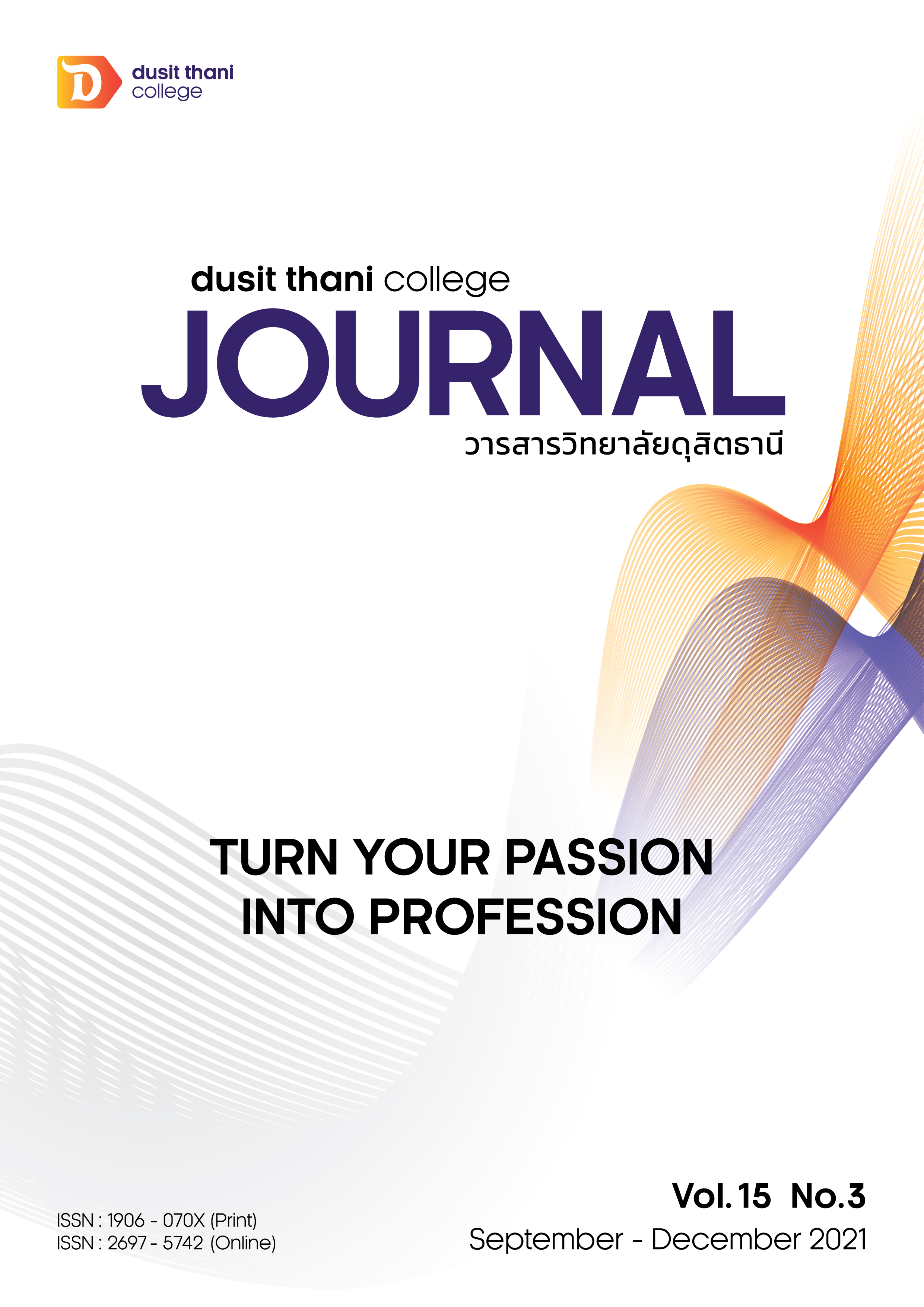Guidelines for Logistics Management of Tourism Secondary Cities in Lower Central Region
Main Article Content
Abstract
This research utilises a mixed methodology of quanitative and qualitative methods, with objectives of studying the behaviors satisfactory behaviors of secondary cities in Lower Central Region in lower central region. And to studying the potential of the tourism logistics system of tourism secondary cities in Lower Central Region in lower central region. The sample group included 400 tourists. Quantitative data collecting tool was a questionnaire while qualitative data collecting tool was an interviewing guidebook. Statistics used for quantitative analysis were Frequency, Percentage, Mean, Standard Deviation, t-test, and One-way ANOVA; while qualitative analysis used Content Analysis.
The research results found that, during last year, most tourists had traveled to lower central region namely Rajburi and Suphanburi. The reasons for tourists who traveled to tourism secondary cities were convenience of traveling, not far from Bangkok, and preference to see historical and religious sights. In the future, they would come to tourism secondary cities again and would invite others to visit tourism secondary cities also. The trips should be within one day. Tourists who visited Rajburi and Suphanburi were satisfied at the highest level ( 54.0% and 70.0% in that order).
The potential of touring logistic system in Rajburi province, on overall, was at a high level. Considering the 6 factors, it was found that, 5 potential factors were at a high level. While convenience of services was rated at a medium level. On the other hand, the potential of the touring logistic system in Suphanburi province, on overall and individual aspects were all at a high level, i.e. touring attraction, financial flow, touring resorts access, information technology movement, convenience of services, and physical flow, respectively
Article Details
Article Screening Policy
- All research and academic articles to be published must be considered and screened by three peer reviews in the relevant field / article.
- All articles, texts, illustrations and tables published in the journal are the personal opinions of the authors. Editors don't always have to agree. And no responsibility whatsoever is the sole responsibility of the author.
- The articles to be published must never be published. Where did you first publish? And not in the consideration of other journals If the audit found that there has been a duplicate publication It is the sole responsibility of the author.
- Any article that the reader sees as being plagiarized or impersonated without reference. Or mislead the work of the author Please let the journal editor know it will be your greatest blessing.
References
Thong-In, C. (2006). The Logistics Management paradigm for the industry travel. Documents for the annual academic semina, Logistics and supply chain management, 6Th, 2-3 November 2006, Retrieved from www.thailog.org/research.html
Chaichan, T. (2012). Tourism logistics management for wang nam kiew distric in Nakhon Ratchasima Province. Nakhon Ratchasima : Suranaree University of Technology
Charoonsrichotkumjorn, W., & Other (2017). The Efficiency of Logistics Management for TouristAttraction in Kamphaeng Phet Province. Kamphaengphet Rajabhat University.
Chinachot, P., & Chantuk, T.(2016). Model of Creative Tourism Management in Suan Phueng. Veridian E-Journal, Silpakorn University, 9(1)250-268
Cochran, W. G. (1953). Sampling Techniques. New York: John Wiley and Sons.
Intanon, S., & Chidchob, T. (2015). Management and Tourism Development Model of the Chang village in Surin Province. Chophayom journal, 26(2), 99-107.
Jittangwattana, B. (2005). Tourism Industry. Bangkok: Dharmasarn.
Jittangwattana, B., et al. (2006). Research methodology in tourism. Bangkok: Press and Design
Sangthong, M. (2013). Tourism Logistics on the Success of Community Enterprises in Nakhon Si Thammarat. Nakhon Si Thammarat: Nakhon Si Thammarat Rajabhat University.
Saninmool, V. (2017). Development of Logistics System for Ecotourism in Nakhon Pathom Province. Suan Sunandha Rajabhat University.
Suriya, K. (2008). Conceptual Framework of Tourism Logistics. Retrieved from www.tourismlogistics.com.
Tourism Authority of Thailand. (2019). TAT. Amazing Thailand go Local Campaign, Accelerate tourism in 55 Less Visited Area. Retrieved from www.thai.tourismthailand.org


